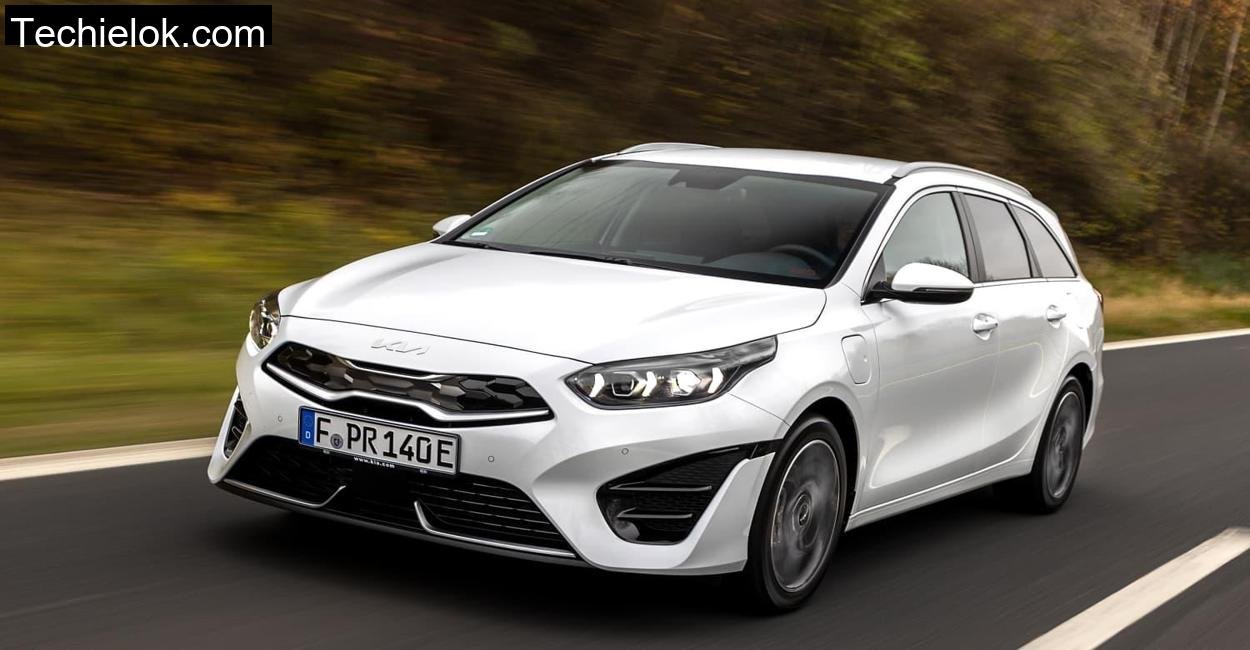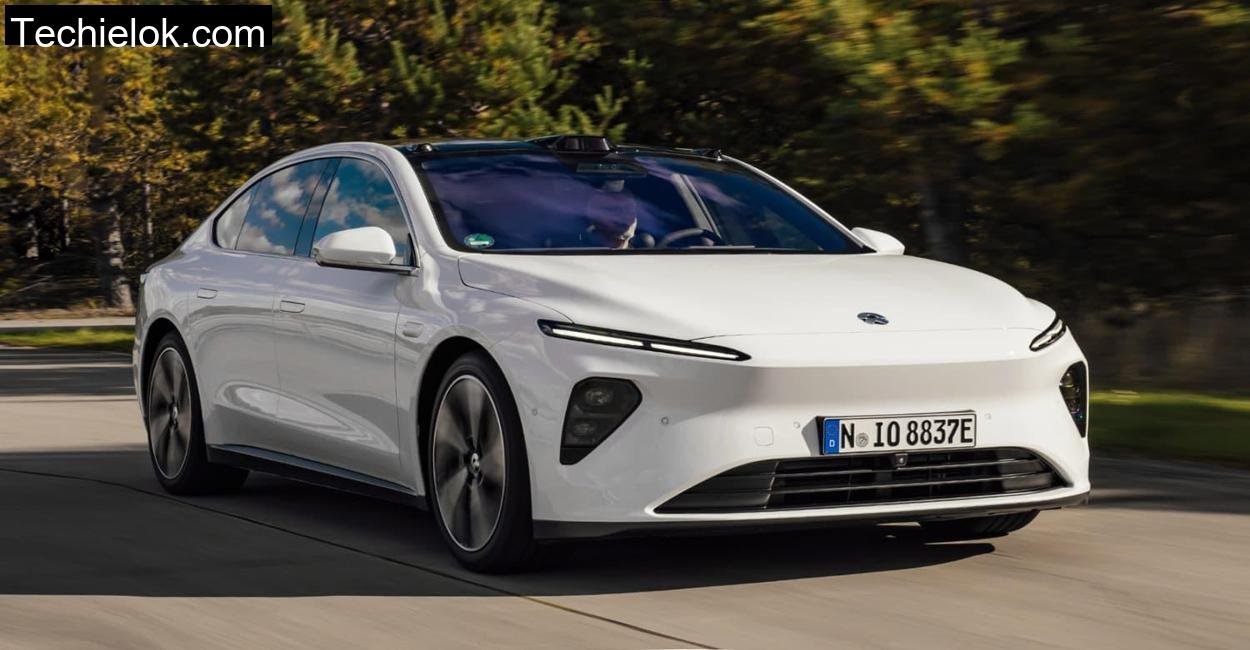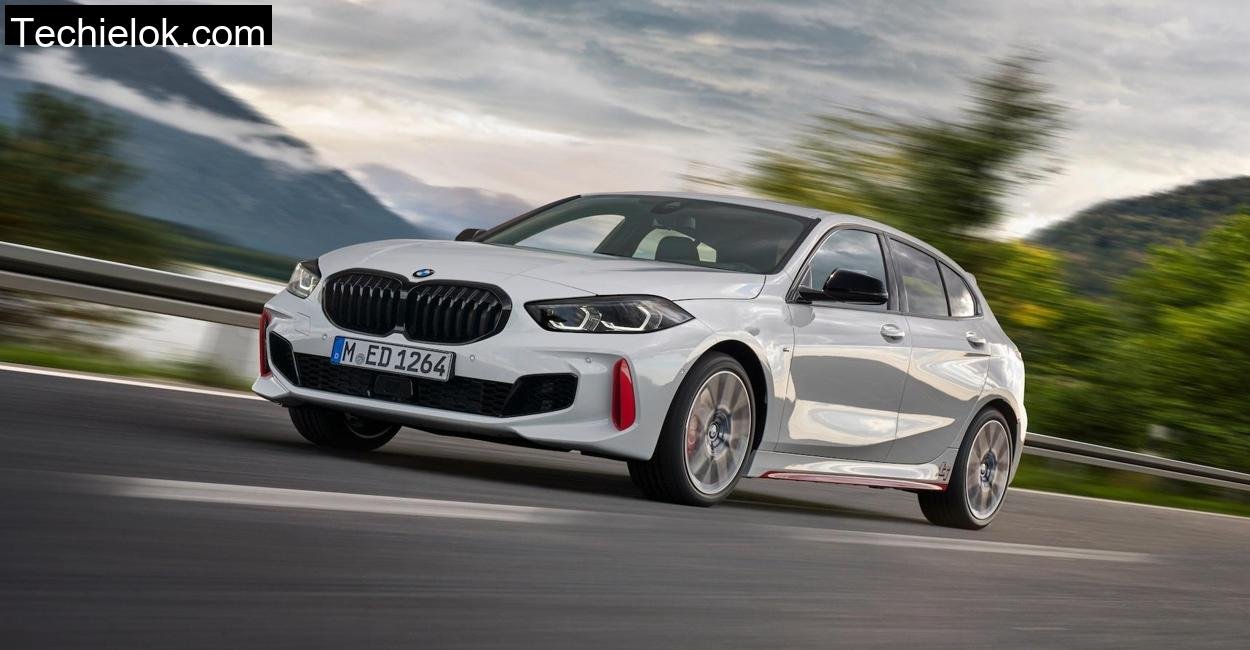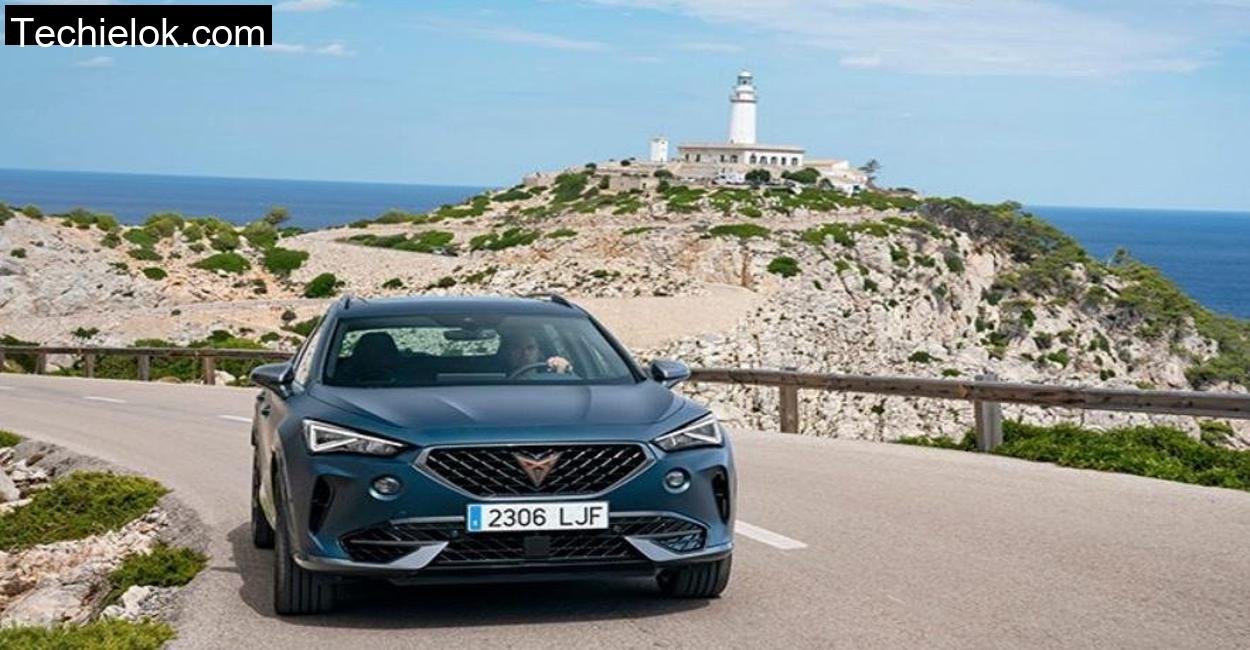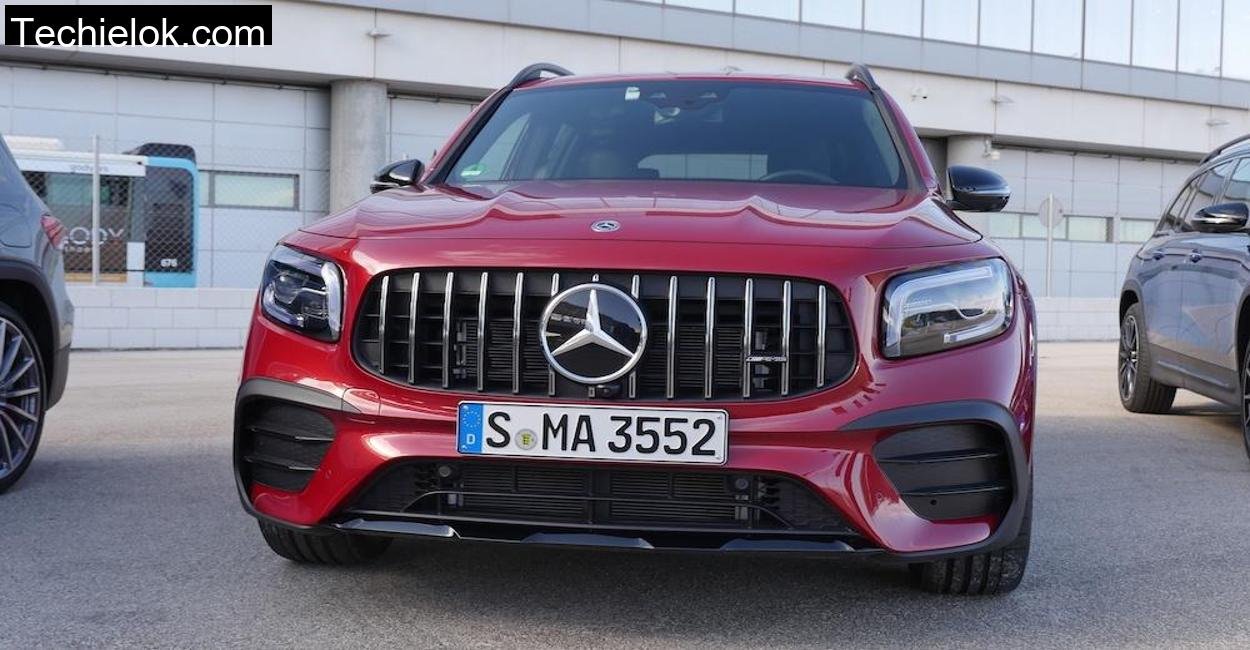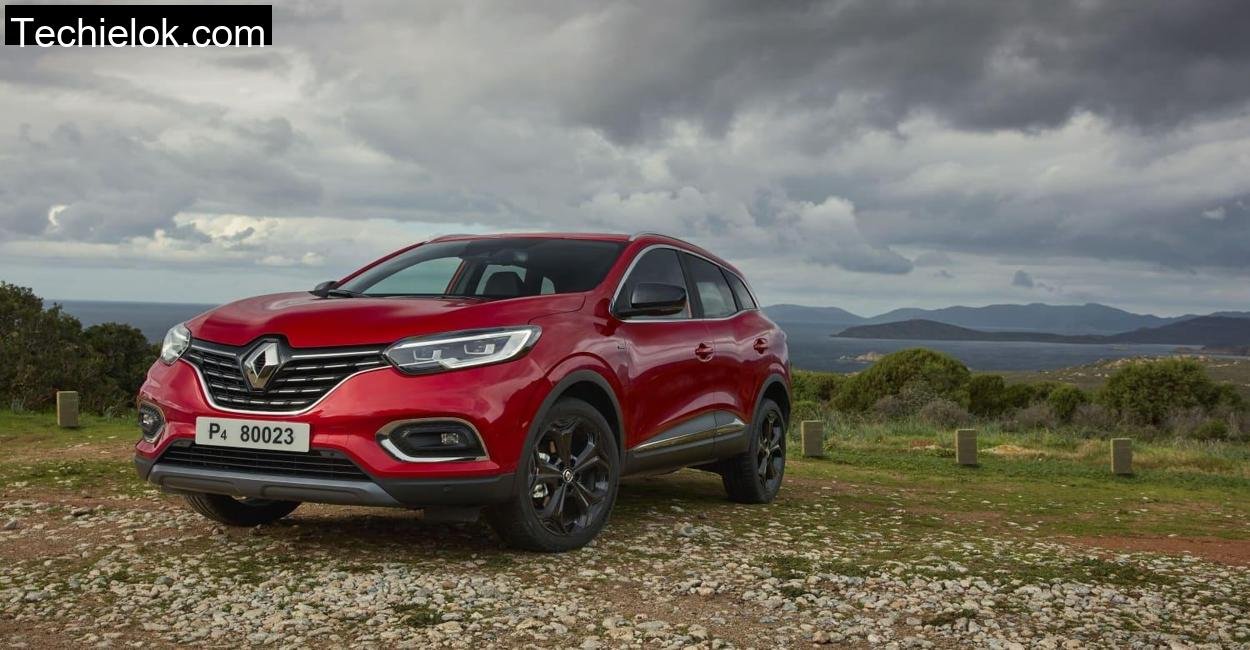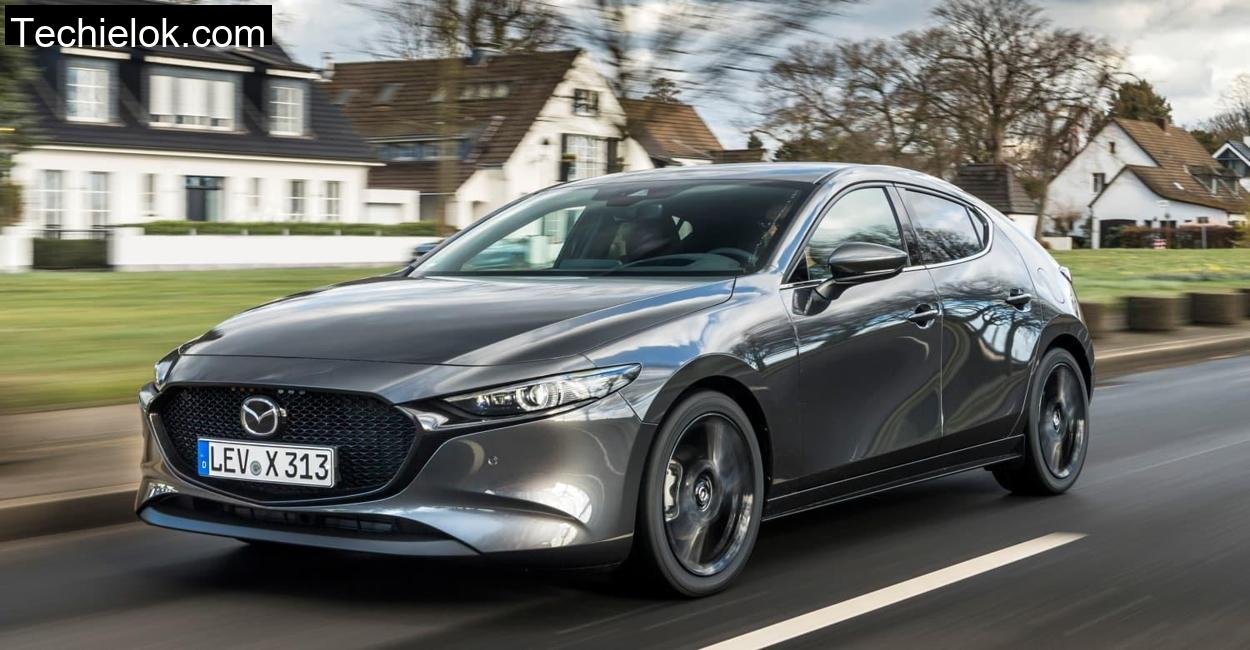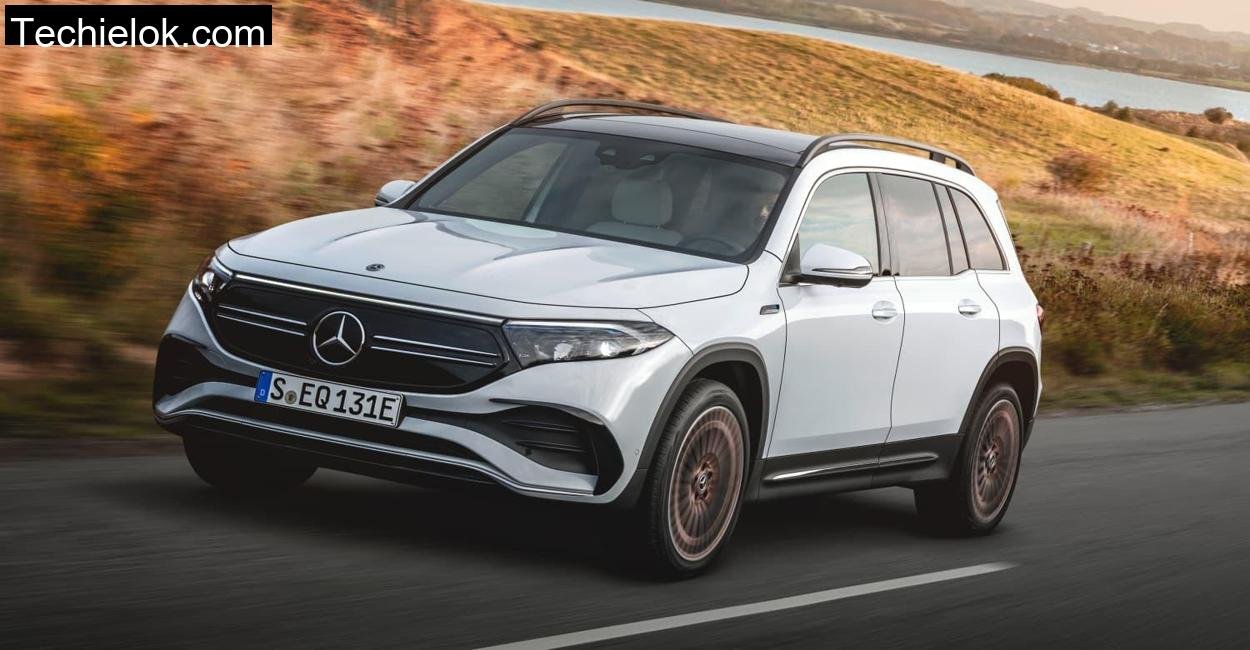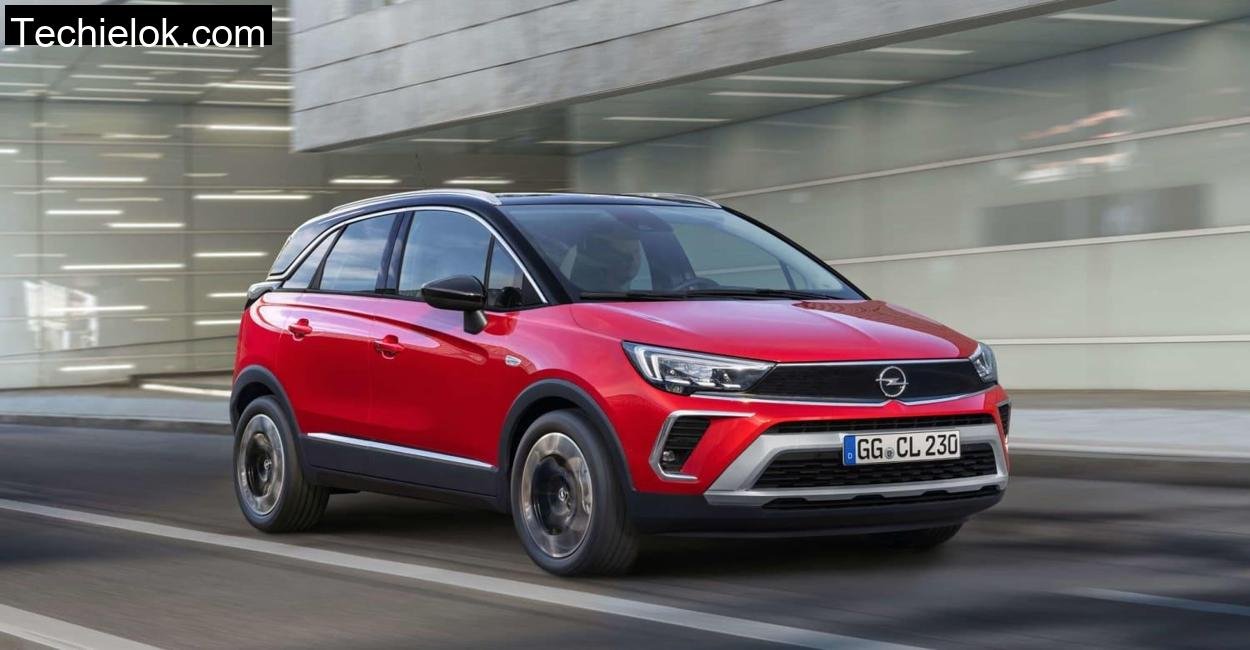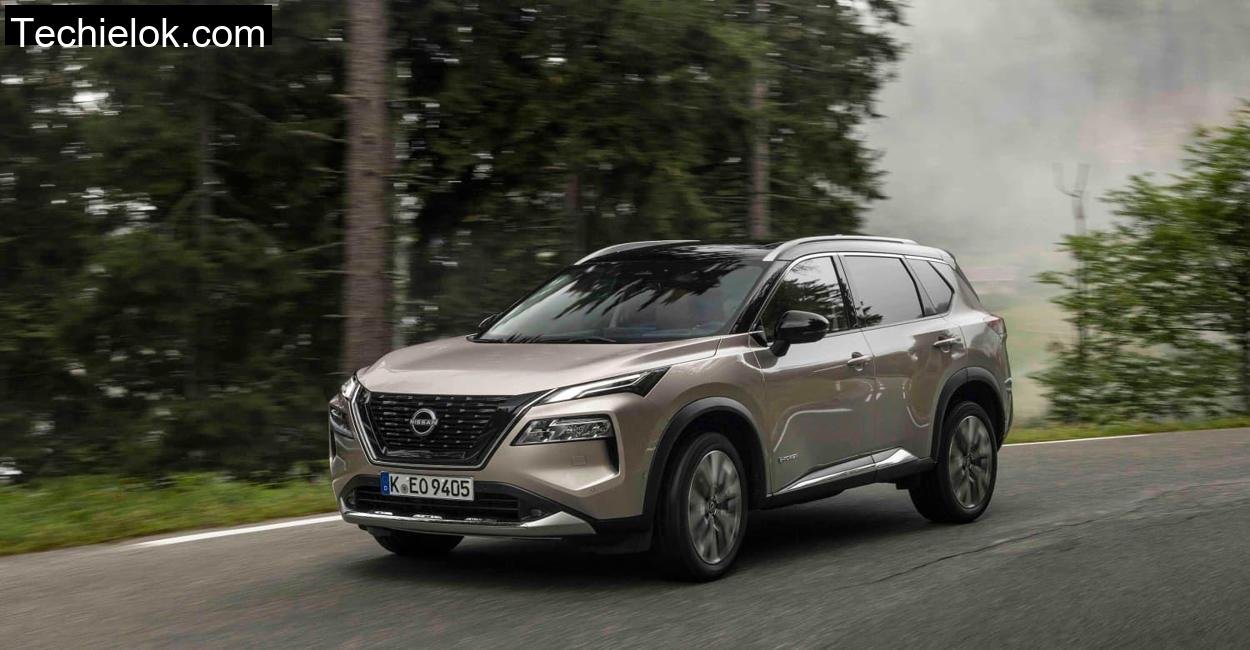The roads of Spessart are the kind that can challenge a car’s balance between comfort, agility, and drivetrain sensibility. I had driven into this forested hilly stretch in central Germany to settle a question that had been echoing in my head, and apparently in every forum thread discussing this car: Which Kia Ceed Sportswagon engine really makes sense?
This isn’t a theoretical comparison. I lived with all three options, the 1.6 CRDi diesel, the 1.6 GDI plug, in hybrid, and the 1.5 T, GDI petrol, on the undulating backroads and fast autobahns cutting through Spessart’s pine, scented slopes. And what a revelation it turned out to be.
Spessart’s serene beauty isn’t the obvious battleground for drivetrain debates. But every tight turn, every freeway merge, and every quiet descent through villages like Lohr am Main or Heigenbrücken threw up one more real, world answer. This wasn’t about spec sheets anymore, it was about how each engine lived, breathed, and delivered.
The Diesel Workhorse: Where Efficiency Meets Real Composure
I started the day early with the diesel, the Ceed Sportswagon 1.6 CRDi in “Spirit” trim. With mist clinging to the hilltops and the tarmac slick from overnight drizzle, I was glad for its easy torque. You get 280 Nm from just 1500 rpm, and that makes itself known early.
Even before I reached the long climb past Partenstein, I felt the difference in the drivetrain character. The diesel doesn’t rush. It surges. You lean into the throttle gently and the car simply builds momentum without drama. No turbo lag worth mentioning, no shouting from under the hood. Just composure.
On the B276 heading toward Jossgrund, the diesel’s steady pull was a delight. The 6, speed manual gearbox was smooth and well, spaced for the engine’s torque curve. It was quiet too, surprisingly so. Even at 130 km/h on the Autobahn, my decibel app didn’t go beyond 68 dB(A), and that included some gentle wind around the side mirrors.
But the big win was fuel economy. At the end of a 200 km loop, city traffic, hills, and open road, I had averaged 5.2 liters per 100 km. Real driving. Not WLTP fantasy.
Plug, in Hybrid: Brilliant In Town, Demanding Elsewhere
Swapping into the plug, in hybrid felt like moving into another era. I had charged it overnight at a guesthouse in Frammersbach, and with a full battery, the Ceed SW PHEV launched in near, silence. For someone who enjoys quiet, zero, emission starts through sleepy towns, this was joy.
The first 50 km were purely electric. It felt nimble in the villages, smooth on gentle inclines, and thoroughly modern. The switch between electric and petrol modes was seamless unless I floored it, which I tried on a steep incline just to see what it did. Then the four, cylinder petrol engine kicked in, loud and with a droning tone that didn’t match the car’s otherwise composed manners.
Acceleration was adequate. Not brisk like the torque, rich diesel or punchy petrol, but decent. It does 0, 100 km/h in 10.8 seconds and tops out at 200 km/h, if the battery has charge. With a depleted battery, it maxes at 171 km/h. That’s important. On the Autobahn, with a half, empty battery, the car felt heavy and unwilling above 140.
Driving the PHEV in Spessart’s twistier terrain was revealing. The extra weight from the battery made it feel slightly nose, heavy. You sense that on quick transitions. But on the plus side, the regenerative braking system worked well on downhill stretches, and by the time I hit Mespelbrunn, I had recouped 8 kilometers of electric range.
Still, the hybrid system is best suited for those who can charge daily and live in mixed urban, suburban environments. On long drives, especially when the battery’s drained, it loses its edge, both in pace and economy.
Turbo Petrol: For the Drivers Who Still Want to Smile

Now the fun part. I saved the 1.5 T, GDI petrol for the end of the day, partly because I suspected it’d be the most entertaining. And it didn’t disappoint.
From the moment I pulled onto the twisty road descending into Bad Orb, the GT, Line petrol variant proved its character. With 160 hp and 253 Nm at just 1500 rpm, it wasn’t just fast, it felt enthusiastic. The 7, speed DCT snapped through gears with a kind of calm urgency. You push, it responds.
Throttle response was crisp. Turbo lag? Hardly noticeable. From 60 to 100 km/h, it pulls in 4.8 seconds, and you feel every bit of that. The suspension is tighter in this variant, almost sporty. On smooth surfaces, it hugs corners with confidence. But on rougher stretches, especially near Flörsbach, it can feel firm, borderline jittery.
The petrol Ceed felt lighter on its feet than the PHEV and more willing than the diesel. But here’s the trade, off: fuel consumption. I saw an average of 6.8 liters/100 km, with peaks around 8.5 when I was pushing harder. Still, it was worth every drop when I let the car loose on the downhill from Lettgenbrunn to the Main valley.
Interior Feel: Smart, Clean, and Built to Use
Regardless of engine choice, the interior of the Ceed SW is refreshingly intuitive. I appreciated the proper physical controls for climate and the logical layout. The 8, inch infotainment system sits high and clear. Onboard navigation isn’t the fastest, but Android Auto worked flawlessly throughout the drive.
Seat comfort deserves a nod. Even after 400 kilometers across varied terrain, I felt fresh. Rear space is generous, with no headroom compromise despite the sleek profile. Trunk space was consistently brilliant, 625 liters minimum, nearly 1700 with the seats down. I carried a mountain bike (wheel off), photography gear, and still had room for groceries.
Technical Specifications: Kia Ceed Sportswagon
Technical specs are sourced instantly and exclusively from Kia’s official web platform for maximum accuracy.
| Variant | 1.6 CRDi Diesel | 1.6 GDI Plug, in Hybrid | 1.5 T, GDI Petrol |
| Engine | 4, cyl Turbo Diesel | 4, cyl Hybrid (PHEV) | 4, cyl Turbo Petrol |
| Displacement | 1598 cc | 1580 cc | 1482 cc |
| Power | 136 hp @ 4000 rpm | 141 hp (combined) | 160 hp @ 5500 rpm |
| Torque | 280 Nm @ 1500 rpm | 265 Nm @ 1000, 2400 rpm | 253 Nm @ 1500 rpm |
| 0, 100 km/h | 10.8 sec | 10.8 sec | 8.8 sec |
| Top Speed | 200 km/h | 200 km/h (battery full) | 210 km/h |
| Consumption (WLTP) | 5.1 l/100 km | 1.1 l + 9.3 kWh/100 km | 6.1 l/100 km |
| Trunk Capacity (max) | 1694 liters | 1506 liters | 1694 liters |
| CO₂ Emissions | 125 g/km | 28 g/km | 138 g/km |
| Base Price (Germany) | €27,990 | €37,590 | €33,290 |
Conclusion: Which One Would I Drive Home?
If I lived in a city, had regular access to a wall box, and mostly drove under 50 kilometers a day? The plug, in hybrid. It’s quiet, clean, and just makes sense.
But if you’re like me, someone who does 300 kilometers on a whim, who hits every slope in the Spessart with a backpack full of gear and a loaded trunk, the diesel is the better tool. It’s frugal, confident, and smooth. And it doesn’t ask for a charging cable at the end of the day.
The petrol engine? It’s for the ones who still love to drive. Who downshift on empty stretches just to hear the revs climb. It’s the most fun, but also the thirstiest.
My pick? The diesel. Not just for its economy or torque, but because after an entire day through the forests and bends of Spessart, it was the car I didn’t want to get out of.
Which Kia Ceed SW engine is best for highway travel?
The 1.6 CRDi diesel is the most efficient and refined on the highway. It maintains low noise and delivers torque early, making overtakes easy.
Does the Ceed SW have enough space for a family?
Yes, with up to 1694 liters of trunk space, generous rear legroom, and a flat load floor, it’s more practical than many SUVs.
How’s the suspension comfort of Kia Ceed SW across variants?
The diesel and PHEV offer the most comfortable rides. The GT, line petrol is firmer, trading comfort for sharper handling.
